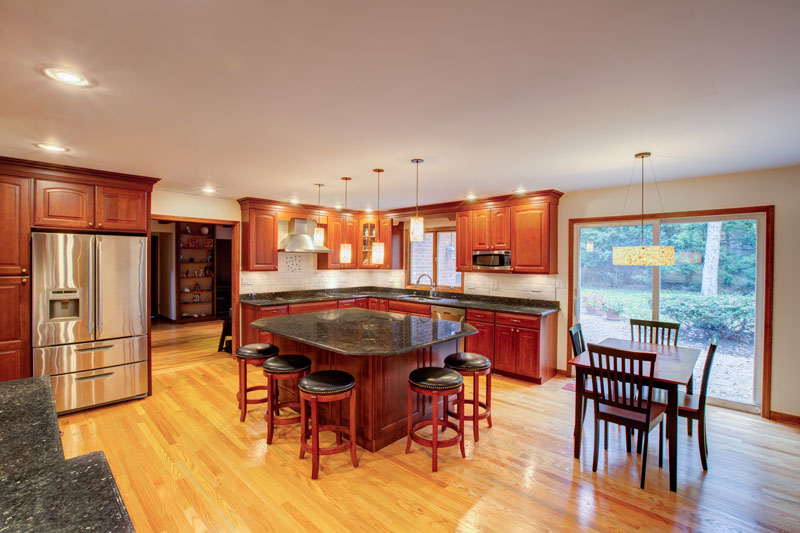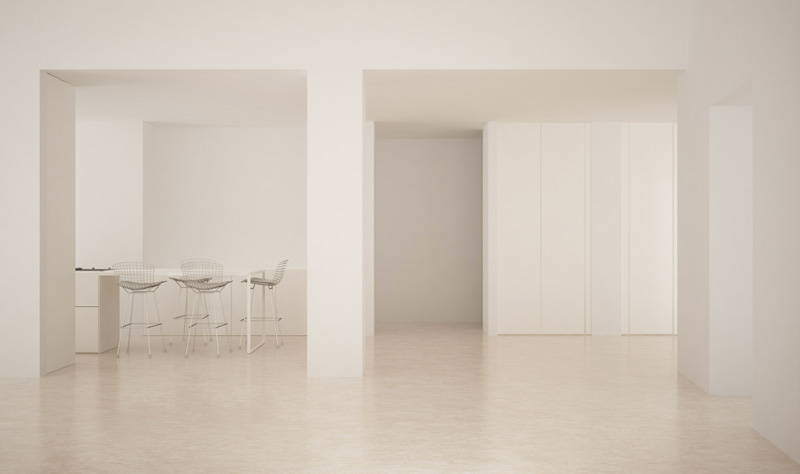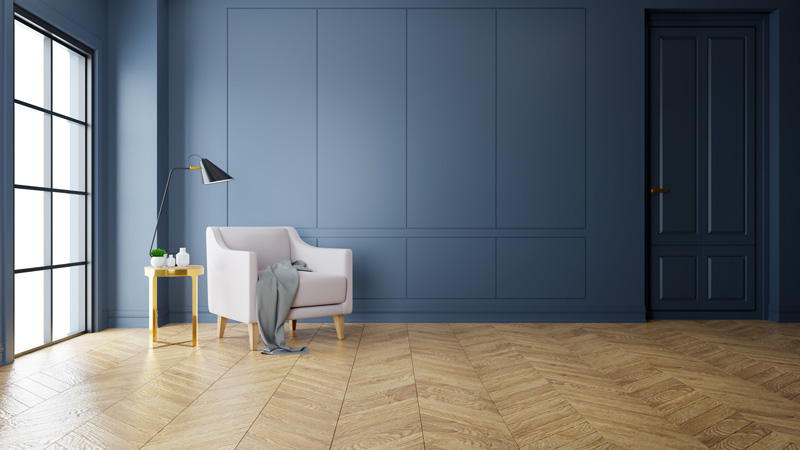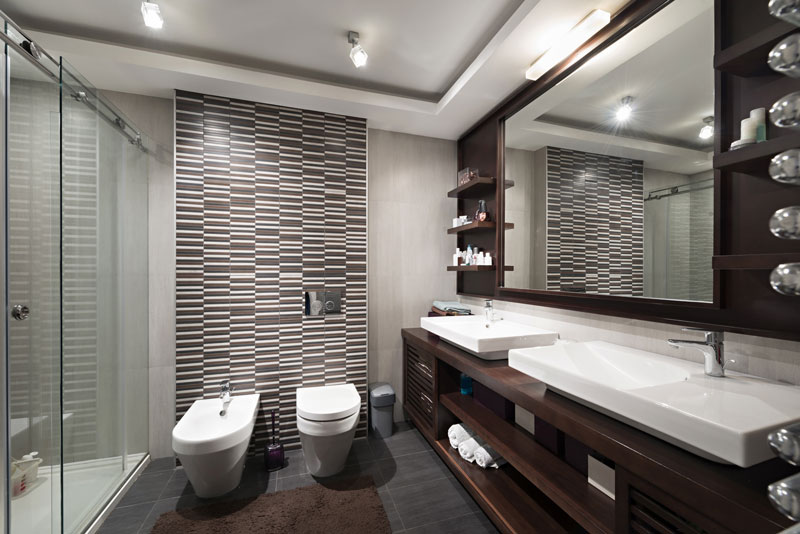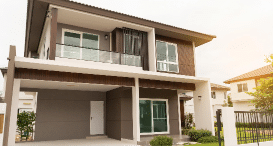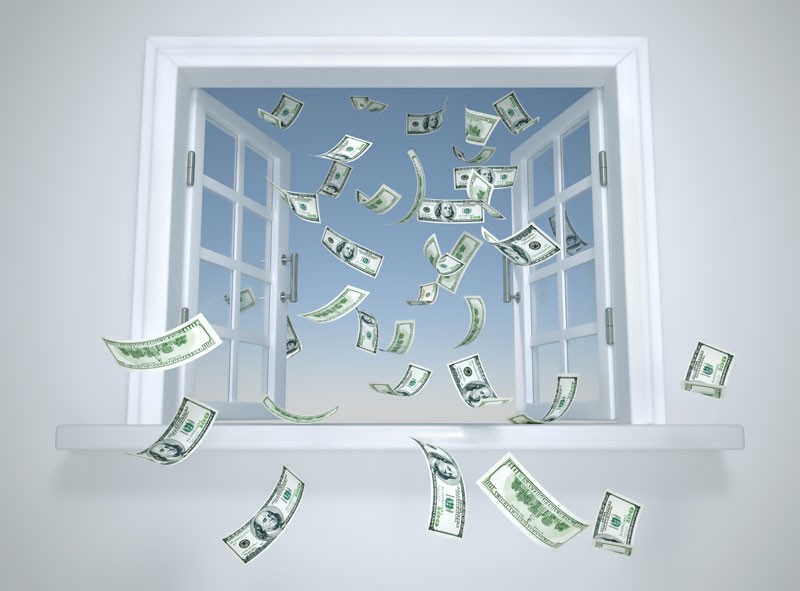Floors are usually the part of the house that attracts a guest’s attention. When the guest steps their foot on your floor, they will most probably notice and check what kind of flooring you have. It’s as important as your wallpaper, ceiling and home decorations. Choosing the right flooring for your home may seem like an overwhelming decision to make. It requires careful planning as you would like to show your personality and style with a touch of practicality.
With the number of flooring options available, it seems so hard to choose. You should consider the size of your family and the volume of traffic the floor will receive. Will the floor be safe if you have any children? How much maintenance does the floor require and how long do you expect to have the same floor?
Nowadays, different designs and types of flooring have come out to meet the standard of the owner. Home owners may think of using the same type of flooring in all areas of the house, but some have their preferences for each room. Flooring comes in various types: hard, wood, fiber or sheet. It is best to study these flooring types first before deciding on which to get.
Some Facts About Hard Floors
Hard floors are durable and do not require much maintenance. They are also elegant and resistant to heat. Common types of hard floor are ceramic and natural stones.
Ceramic tiles were originally used only in kitchens and bathrooms. With the new designs of ceramic styles, it is now possible to use these even in your living room. Ceramic comes in three basic types: glazed, unglazed and porcelain. Glazed ceramic tiles are designed with glass coated with mineral stains. Glazed ceramic tiles come in semi-gloss or high-gloss finishing. Unglazed ceramic tiles have different texture and are very hard. Porcelain is the hardest as it has a higher breaking strength. Ceramic tiles are easy to maintain – they are durable, and dents, dings and scratches are minimized. One thing you have to remember is never to use ceramic tiles over a floor with structural movements. Though ceramic tiles are durable, they are prone to cracking. It is also not good for homes with children as it can be slippery when it gets wet.
Natural Flooring
Natural stones such as granite, marble, limestone, travertine and others are commonly used as living room flooring. This type of flooring has natural beauty, elegance and durability, and adds motif and style to your living room. They can also create a dramatic appearance to your flooring while still being natural. Because of these things, natural stones are not as affordable as other floorings. It also requires sub flooring which requires additional expenses.
Wood Flooring
Wood floors are long lasting. They are easy to clean and don’t retain dust particles. They are commonly found in older houses and work naturally well with many interior designs. However, these types of floors require frequent vacuuming and sweeping. Although, it doesn’t retain dust particles, wood floors are prone to scratches and dents. Two common types of wood flooring are the natural and synthetic wood.
Natural woods come in different styles and patterns – parquet square is the most common type. They come in square boards that form its pattern. The big advantage of using parquet square is that it is replaceable. Another type of natural wood is the plank which gives a classic look to the flooring. Although planks do not require sub flooring, these are more expensive than other wood floors. Strip floor is another type of natural wood floor. These are long narrow boards that are prone to buckling. Thus, sub flooring is highly recommended.
Laminated floorings are the most common type of synthetic woods. This type of flooring works well in areas exposed to moisture. These are laminated so they do not require finishing. The good thing about laminated floorings is that they are fire resistant, do not fade nor stain.
Fiber Floors
Fiber floors provide more comfort than other types of flooring. They absorb noise, making them the perfect choice to be installed on the second floor of the house. They are available in different colors making the house more stylish. In addition, they don’t scratch; however, they are not as durable as hard flooring. To extend its life span, carpet padding is necessary. It requires maintenance as it gathers dust particles and when wet with water or any liquid, a stain is formed. There are two types of fiber flooring: natural and synthetic.
The types of natural fiber flooring are coir, sea grass, sisal, and jute. These fiber materials give a comfortable feeling and are best for homes with children. However, durability is not guaranteed.
Sheet Floors
Sheet floors are considered to be the most affordable. The two most common types of sheet floors are linoleum and vinyl. These floorings also come in various color and designs. Because these are the most affordable, this type of flooring is also the least durable. They require constant care and constant maintenance as these flooring easily absorbs dirt and dust. These types of floorings aren’t hard to replace – with extra care and maintenance, these could last longer than usual.
Indeed, careful planning and research is needed on deciding which type of flooring the best for your home or office. After the flooring of your choice is installed, you will be overjoyed realizing that it’s the surface you, your kids, family and friends will be standing and walking on.
